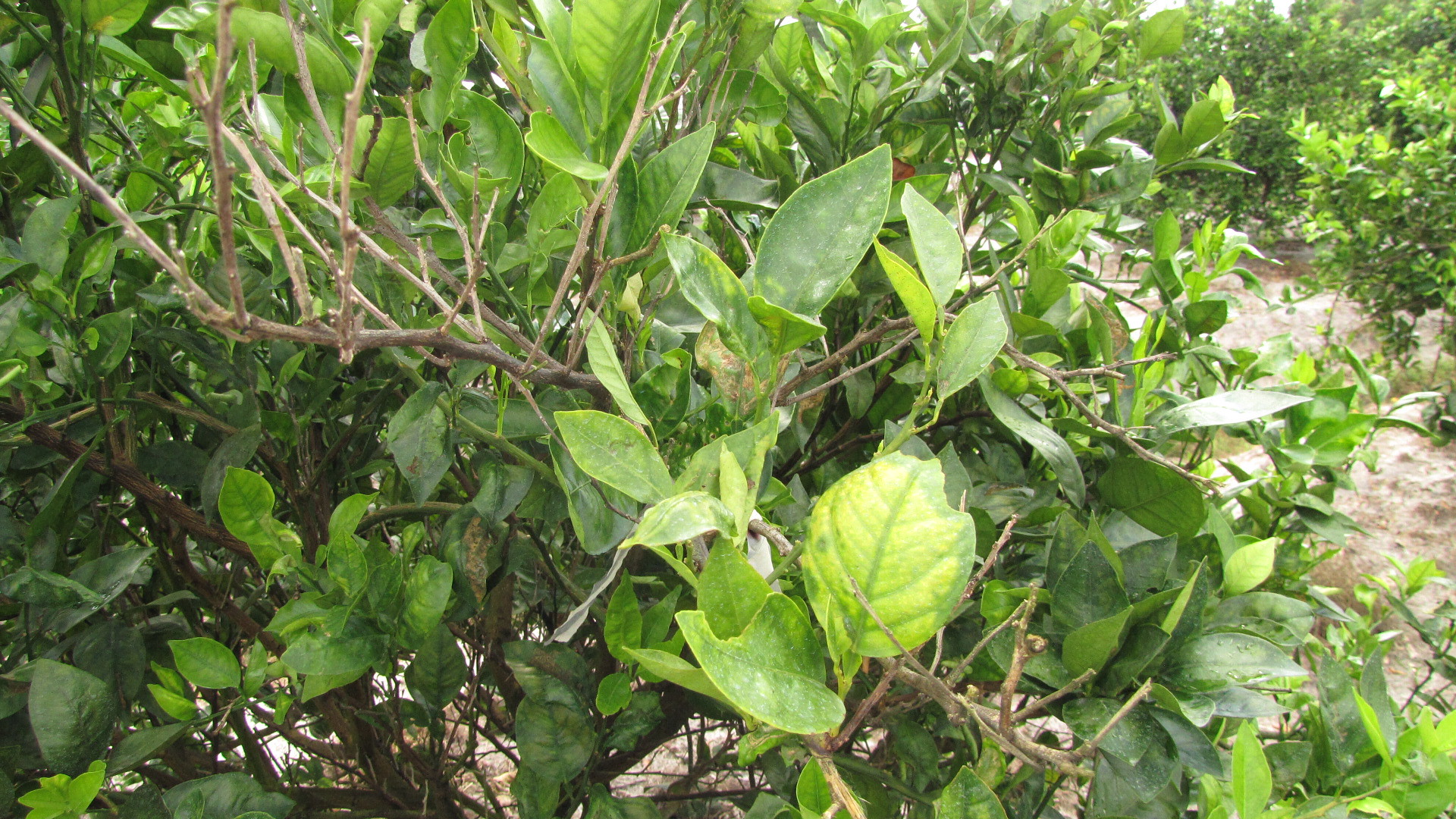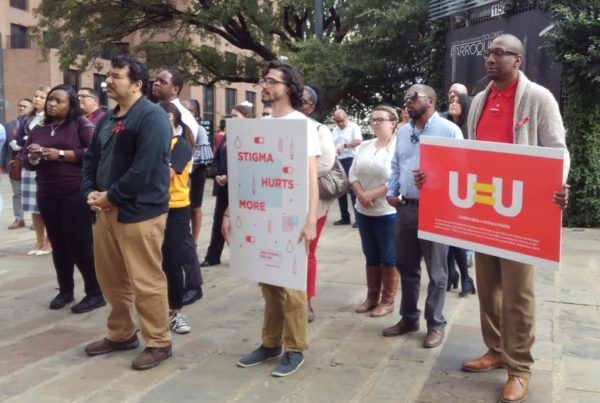Texas produces about 5% of the country’s citrus – most of it oranges and grapefruit coming from the southern part of the state. But a recent quarantine of citrus from growers in Galveston and Brazoria Counties, in order to stop citrus greening, could hurt that sector of Texas agriculture.
John da Graca is director of the Texas A&M University-Kingsville Citrus Center. He says citrus greening is caused by bacteria, and can be a devastating plant disease.
“This bacterium lives inside the cells of the vascular tissue, and is spread from tree to tree by a little insect, which sucks up the sap and goes and feeds another tree – so not unlike a mosquito spreading malaria in humans,” da Graca says.
Citrus greening gets its name because the fruit on affected trees doesn’t ripen. Da Graca says when greening occurs, fruit often tastes bitter or is lopsided in appearance. It falls from trees early, too.
Florida citrus growers have experienced the consequences of citrus greening for years, but more recently, the disease spread into Texas, da Graca says.
“We found our first positive in 2012,” he says.
The reason for the quarantine now is to stop the spread beyond Galveston and Brazoria Counties. Da Graca says it can also take time for growers to realize they have a greening problem.
“We’re not exactly sure where it is all the time,” he says. “[But our goal] is to try and slow the spread so that we don’t impact other citrus growers. In due course, the whole state may be quarantined, but right now it’s still being done county by county.”
Under a quarantine, plants cannot be moved out of a quarantined county into a non-quarantined county without a USDA permit, or if it’s proved to be “from a certified insect-resistant structure, like a nursery,” he says.
Da Graca says there is no cure for citrus greening.
“As of now, we’re recommending growers do what they can to control the insect. So that’s a short- or medium-term answer,” he says. “The long-term [solution] is some form of resistance.”
Written by Shelly Brisbin.















